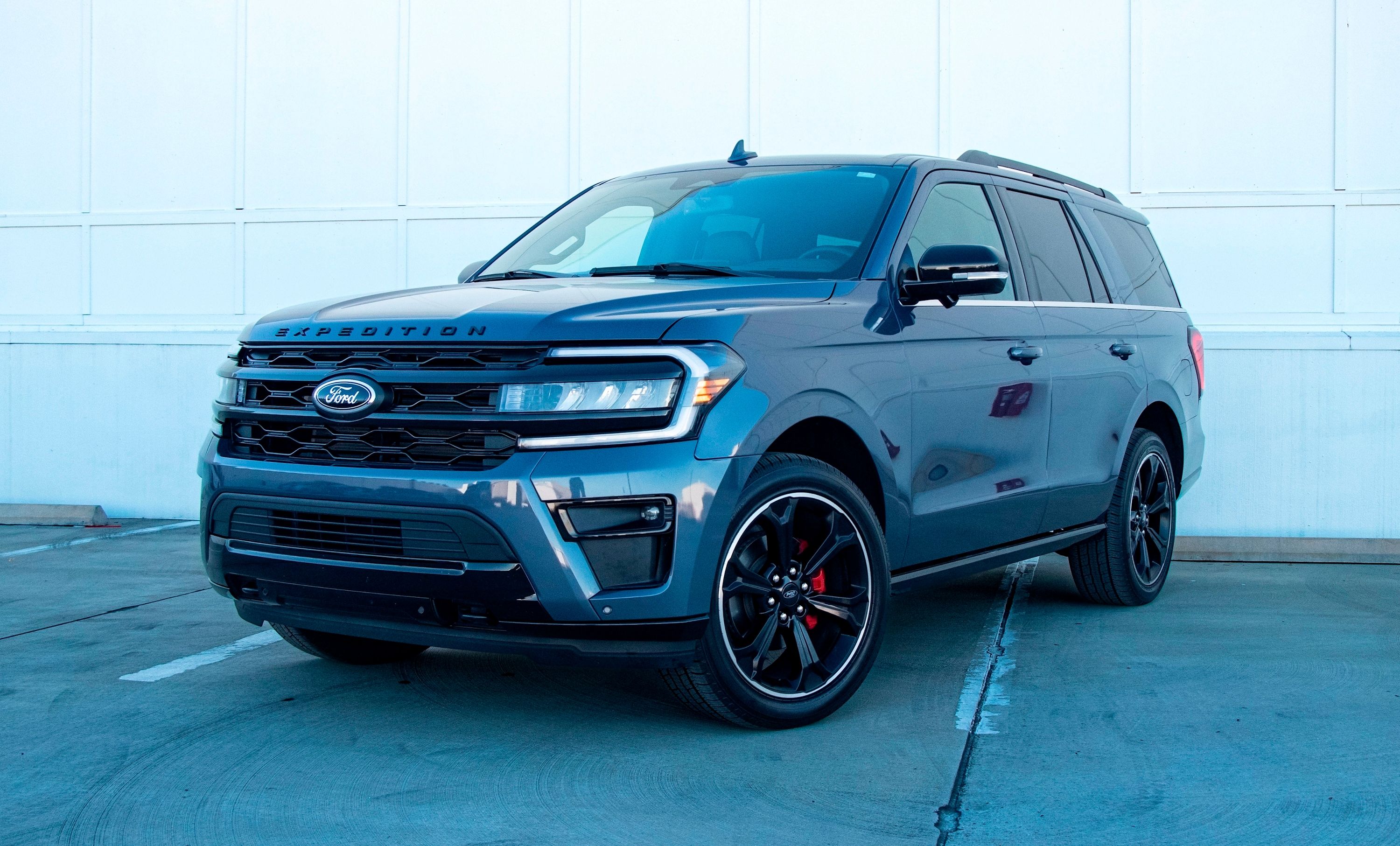
Ford has devised a genius way of scaring away would-be car thieves by detecting when someone approaches your parked Ford Expedition or any other vehicle and projecting an image or fictional representation of the owner against the inside of the window to trick them into believing someone is inside the car. The technology can also project a voice recording to scare away the approaching miscreant. It could even be paired with something like Pet Mode to prevent nosy people from picking on your pets.
CarBuzz has discovered a patent filed with the United States Patent and Trademark Office (USPTO) detailing how such an invention would work. While it sounds just about gimmicky enough to earn a spot in a modern remake of a Home Alone film, it may actually have merit.
And instead of projecting the owner's likeness against the window every time someone approaches, Ford envisions a facial detection system that would allow 'approved' users to walk up to the car without seeing the ghostly apparition.
If the person approaching the vehicle is not on the greenlist, the computer system would also have a means of analyzing the risk factor. This would be set in conjunction with a risk threshold, above which the car would deem the approaching person to be a threat.
When a threat is detected, the car follows multiple protocols, including ensuring the doors are locked and turning on the exterior lights. In some instances, these actions alone might convince a potential thief that someone is inside the car and is getting ready to drive away, acting as enough of a deterrent.
However, should the person continue approaching, the car would project the aforementioned image against the inside of the window. Provision is made for this being a made-up representation rather than just a photo, as Ford acknowledges the image of an adult man, for example, could be a greater deterrent than the face of a teenager. However, we can see some using this trick for other, more devious means.
The next step would be for the car to play warning audio through an external speaker.
The patent describes multiple variations on the audio and the speaker itself, making representations for a vibrating element within the B-pillar to create a buzzing warning sound or alternatively using a genuine speaker that could play various recorded elements. These could include a pre-recorded 9-1-1 call simulation or a pre-recorded warning by the car's owner.
Alternatively, if a child is waiting in the car for their parent to return, an internal microphone could allow the child to relay their own warning message telling the approaching evildoer to back away. To make the message a stronger deterrent, the sound itself can be modified, changing the pitch and tone so that an adolescent speaking could be made to sound like an adult male, or Rocky Balboa.
However, if the stranger approaching the car is someone like a police officer having pulled you over, then an external microphone would allow them to converse with the occupants of the car. This adds another layer of safety if a single woman were to be pulled over late at night, for example.
This risk threshold used to determine the appropriate course of action would be based on a variety of factors, including mobile devices in proximity of the vehicle, population density as based on GPS information, and the time of day, with each combination of factors assigned a risk factor that would determine how the car acts in each scenario.
This system could be further enhanced based on the number of occupants, their age, and the gender of the oldest occupant. For example, two adult males waiting inside a parked car would be deemed fairly safe, requiring a risk threshold of five to be exceeded before the car took action. However, if the oldest occupant in the car is a child, then regardless of how many occupants, the car would deem anything with a threat level higher than one appropriate to act against.
It may seem gimmicky, but very often, vehicle break-ins and the like are crimes of opportunity. A would-be thief likely wouldn't hang around long enough to double-check whether the image projected is real or fake, as they'd simply hightail it out of there as quickly as possible.
